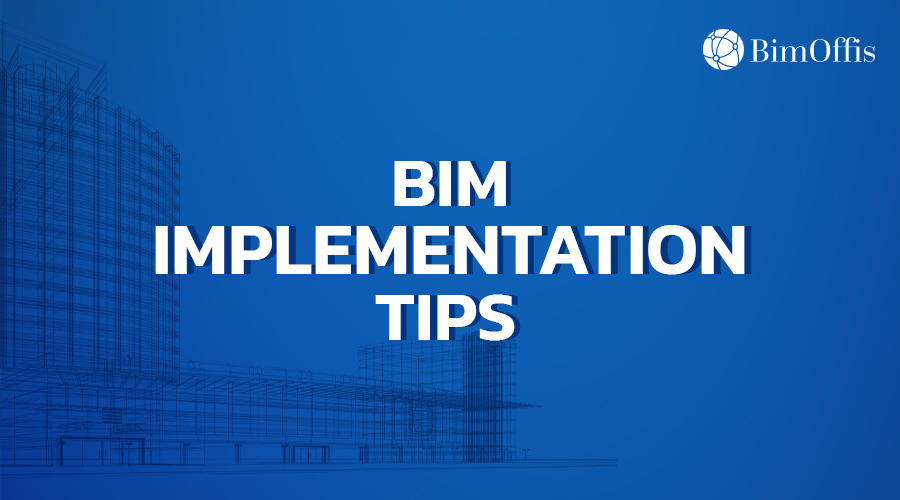
Effective Tips for Implementing Building Information Modeling (BIM) in Your Projects
Introduction
Building Information Modeling (BIM) has revolutionized the construction industry by enhancing collaboration, improving accuracy, and reducing costs through a digital representation of the physical and functional characteristics of a building. However, successful BIM implementation requires more than just purchasing software; it demands a strategic approach. In this blog post, we will delve into essential tips to effectively implement BIM in your construction projects.
1. Establish Clear Objectives
Before you dive into the world of BIM, it’s crucial to define clear objectives. What are you hoping to achieve with BIM? Is it better cost management, improved project delivery, enhanced collaboration, or all the above? Setting specific, measurable goals at the outset will guide your implementation strategy and help quantify success.
2. Invest in Training and Development
Implementing BIM is not just about software installation but also about ensuring that your team is well-equipped to use it effectively. Invest in comprehensive training programs that cover both the technical aspects of the software and its application in real-world projects. Regular workshops and refresher courses will keep your team updated on the latest features and best practices.
3. Choose the Right Software
Selecting the right BIM software is pivotal. Consider the specific needs of your projects and the compatibility with existing systems. It’s advisable to evaluate multiple BIM tools to find one that best fits your project requirements. Look for software that is user-friendly, versatile, and supported by a reliable vendor with good customer support.
4. Implement in Phases
BIM implementation can be a complex process, especially for larger organizations. Implementing it in phases can help manage the transition more smoothly. Start with pilot projects that allow your team to adapt to the new system before rolling it out on a larger scale. This phased approach helps mitigate risks and allows for adjustments based on initial feedback.
5. Foster Collaboration
BIM excels in enhancing collaboration among various stakeholders in a construction project. Encourage open communication and regular meetings to ensure all parties—architects, engineers, contractors, and clients—are on the same page. Utilize cloud-based BIM solutions to facilitate real-time data sharing and collaboration.
6. Establish BIM Standards
To maximize the benefits of BIM, it is crucial to establish and maintain consistent standards throughout the project. Develop a BIM execution plan that outlines processes, deliverables, technology standards, and roles and responsibilities. This standardization ensures consistency and quality in the project’s lifecycle.
7. Monitor and Adapt
Regular monitoring of BIM implementation helps identify areas for improvement and capture lessons learned. Use metrics and feedback to evaluate the effectiveness of BIM in meeting your project goals. Be prepared to adapt your strategies based on this feedback to continuously improve BIM usage in future projects.
Conclusion:
Implementing BIM can seem daunting, but with the right approach, it offers substantial benefits to construction projects. By setting clear objectives, investing in training, choosing the right software, and fostering collaboration, you can ensure a successful BIM implementation. Remember, BIM is not just a tool but a transformative process that requires commitment and adaptation.

